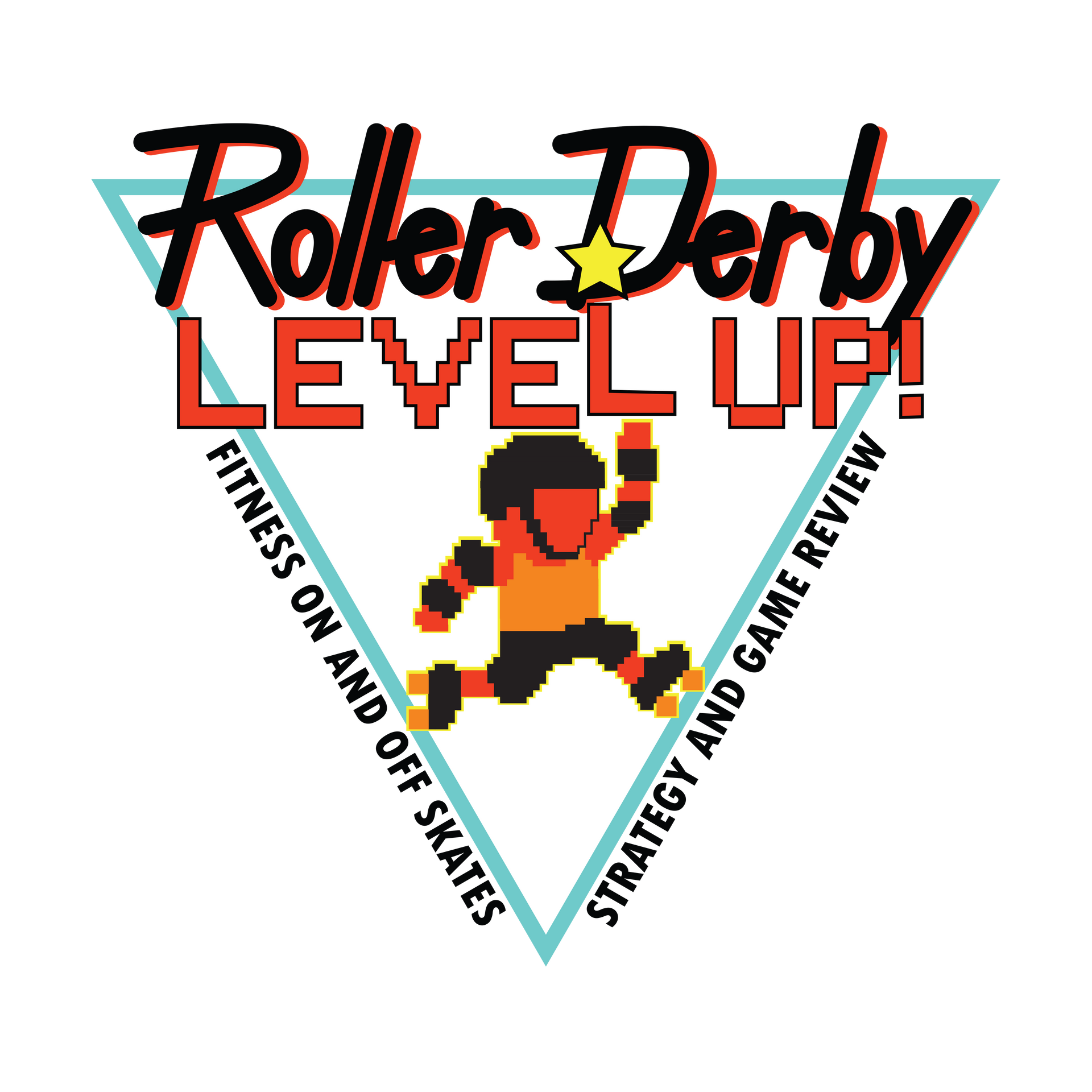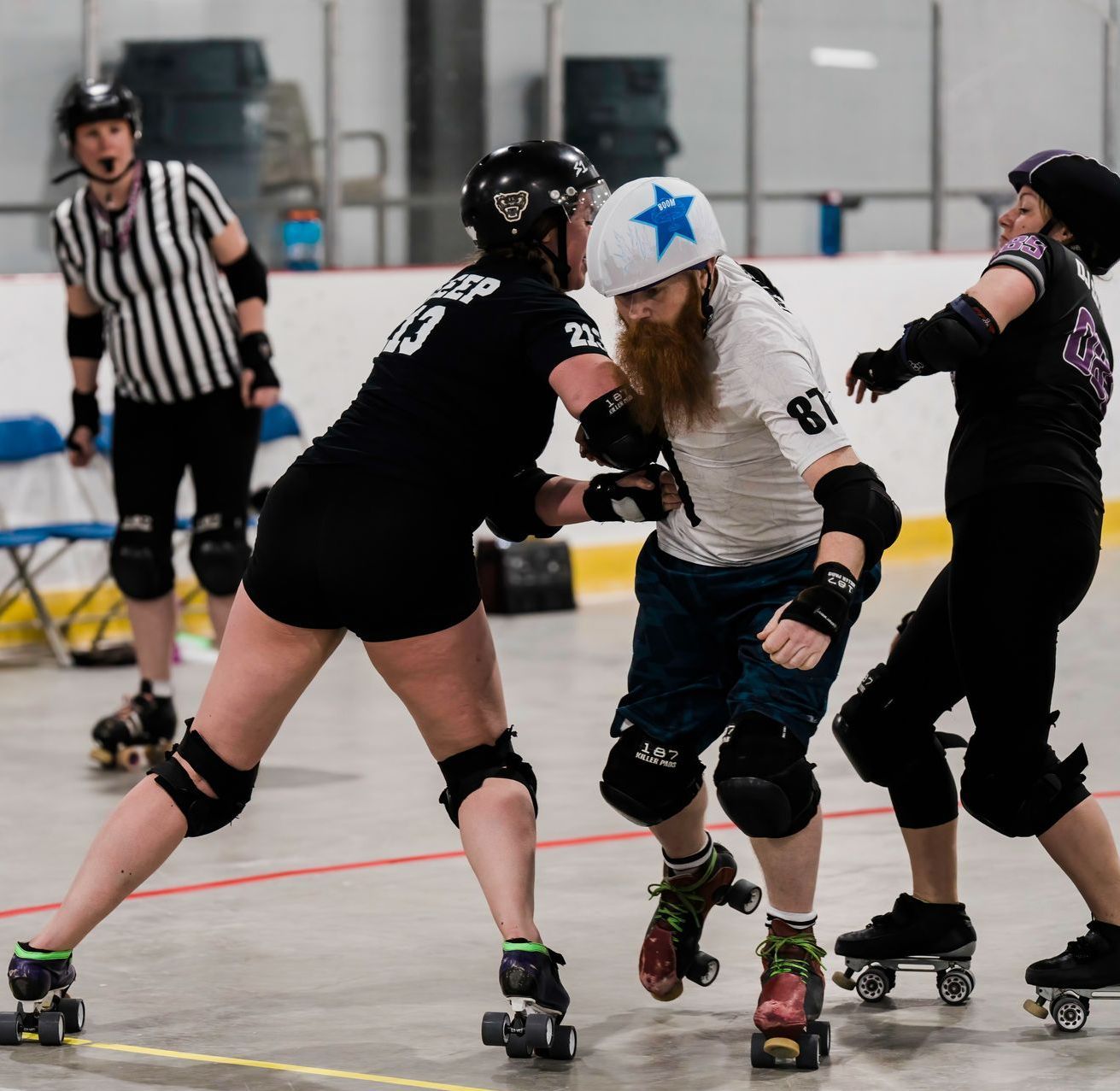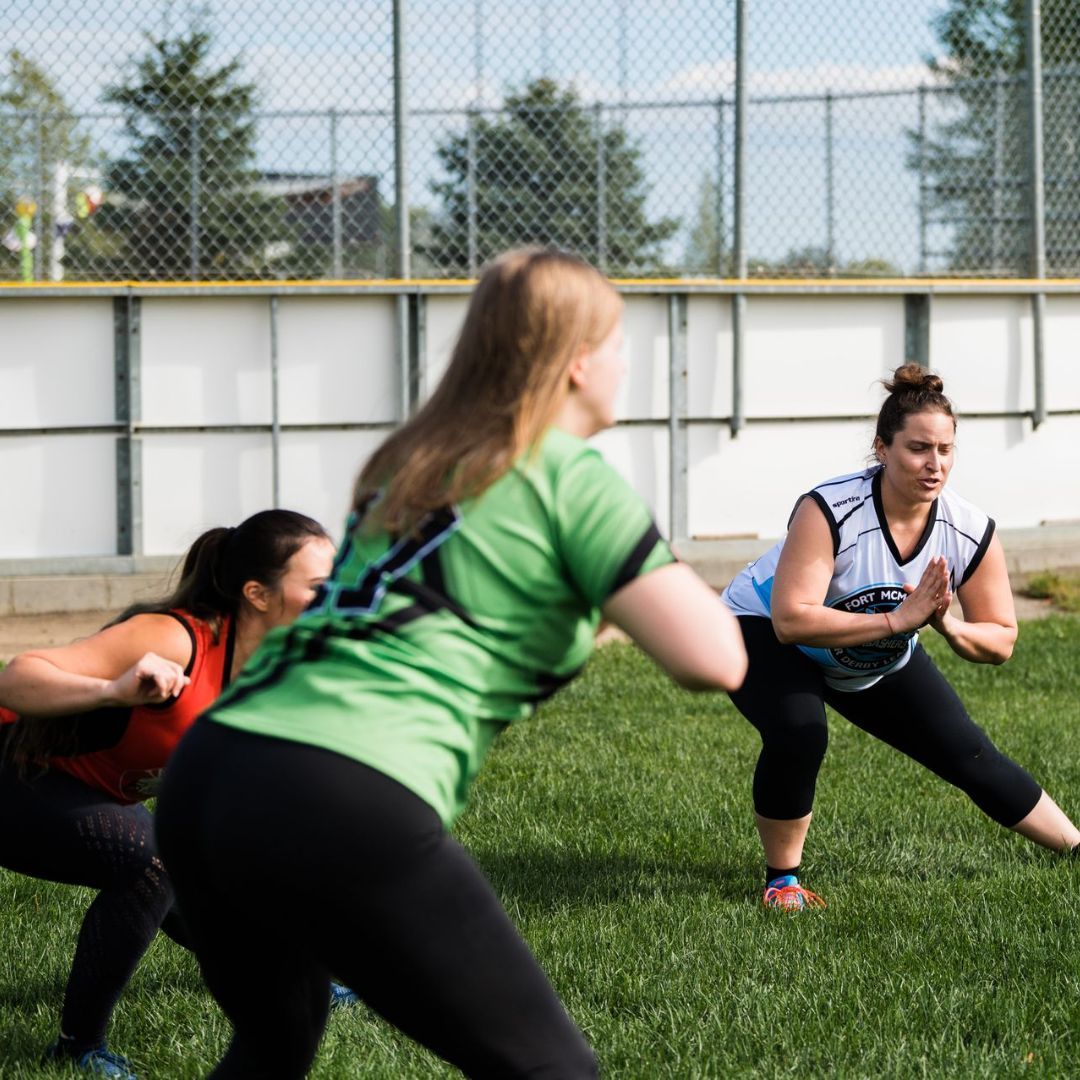Roller Derby Level Up Blog
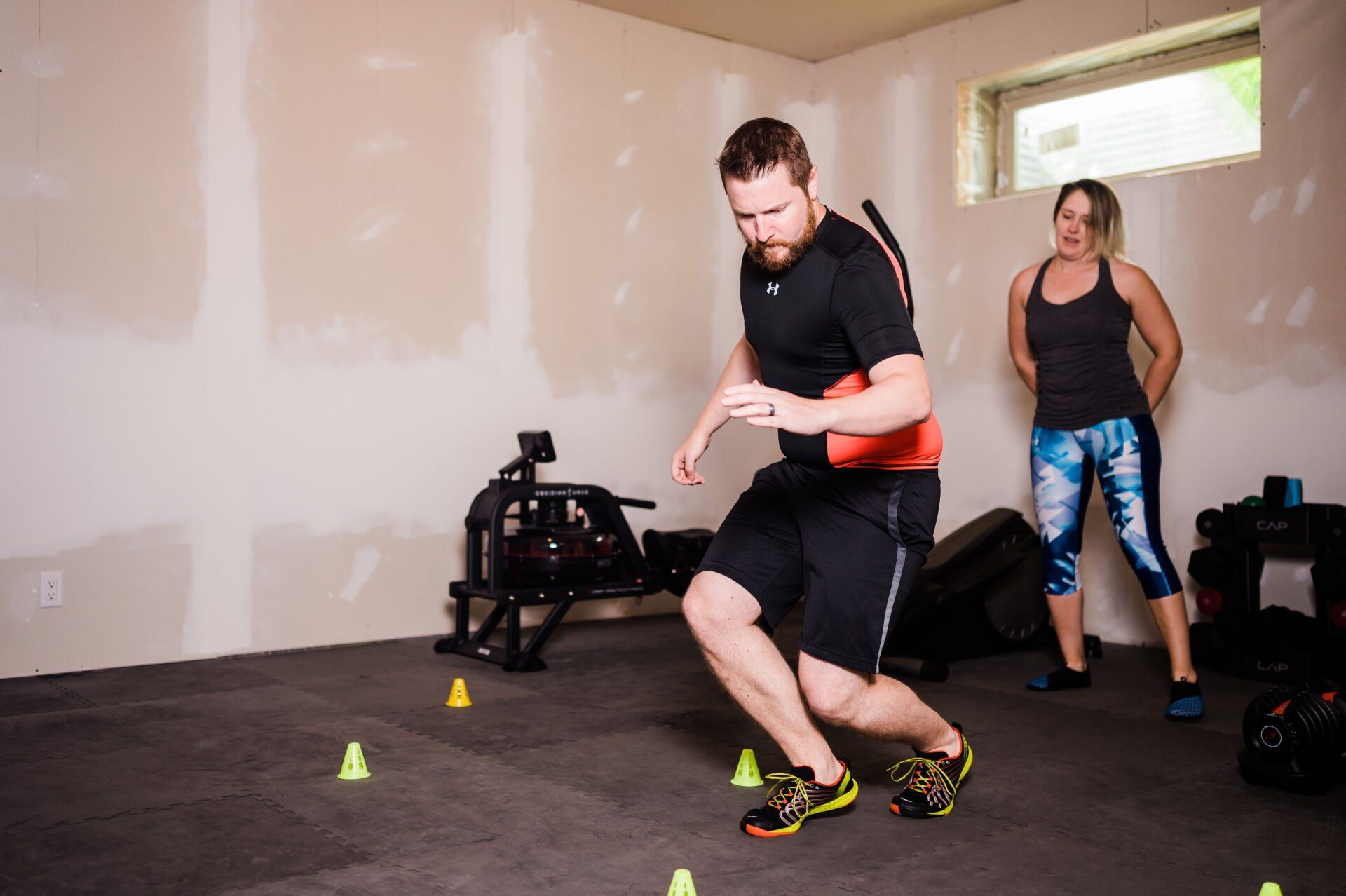
In my last blog post , we went over how to judge the training intensity of a specific workout. But that’s not the only intensity you should track for your training. Your entire training schedule should have a cadence to it, and if rests aren’t built in, your body will begin to feel the fatigue of constant training. For athletes, periodization training is the go-to method to schedule long term training. Periodization training works by breaking down your year into different sections, aiming to be in peak condition for a specific major event or events. Periodization training is divided into cycles, to better plan your time. These are called Macrocycles, Mesocycles, and Microcycles. The Macrocycle covers your full year, it will show all the training plans you have. The Mesocycle is a specific training block; often designed around a training period, like pre-season, or a training goal, like endurance training. Each Mesocycle is typically 3-6 weeks. The amount of weeks will depend on the individual workout intensities of your plan. For example, if you are training for increased power and doing a lot of plyometric workouts, you will likely only be able to do those for 3 weeks before needing a rest. Finally, the Microcycle is a single week of training. This is where you will break down your daily activities and add in your active rest days.
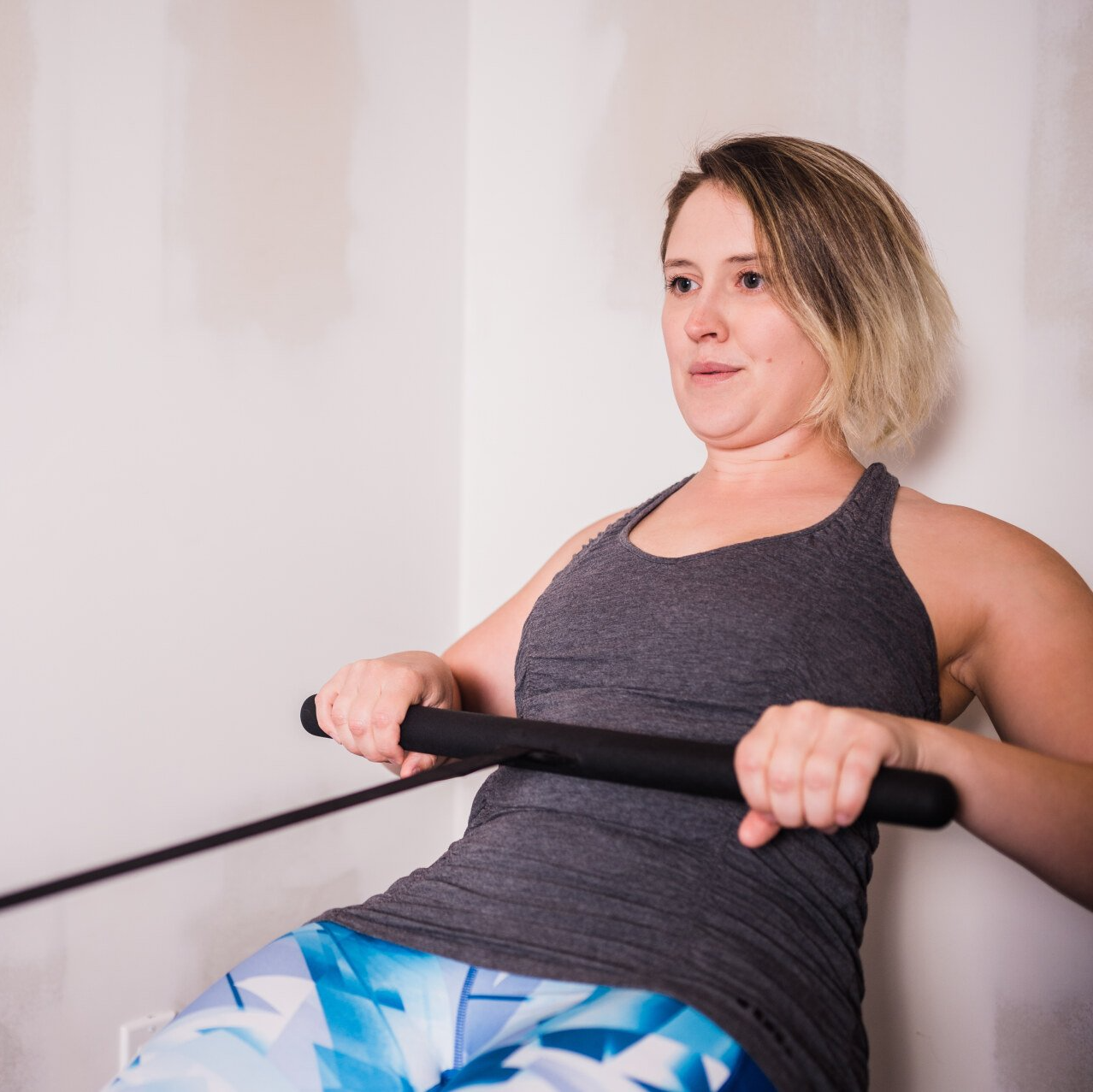
You have a training plan. Maybe you made it yourself, found something online, or purchased it. Regardless, now you have a plan and you are seeing it through. However, an often missed component with most workout plans is the lack of direction regarding intensity. If you are looking for that kind of direction, you’ve come to the right place. Intensity is measured via your heart rate zone and your perceived level of work. For this blog I’m going to break intensity down into Low, Medium, and High: Low Intensity will be defined as being able to easily maintain a conversation while doing an activity. Stretching is a great example of low intensity. Medium Intensity is being able to have short exchanges during activity. Jogging for many people falls under medium intensity. High Intensity will be impossible to have a conversation during activity and only being able to say a few words during your rest. One last definition I want to give is Training. Training is doing an activity/workout that directly relates to your sport and goals. Cleaning your house is an example of activity that is not training, whereas sprinting is an activity that is more often training. Now that the definitions are all squared away, let’s get you to the right intensity. Does all training need to be high intensity? No! Absolutely not, and it shouldn’t be. Instead, the important thing is to match the correct intensity to the workout.
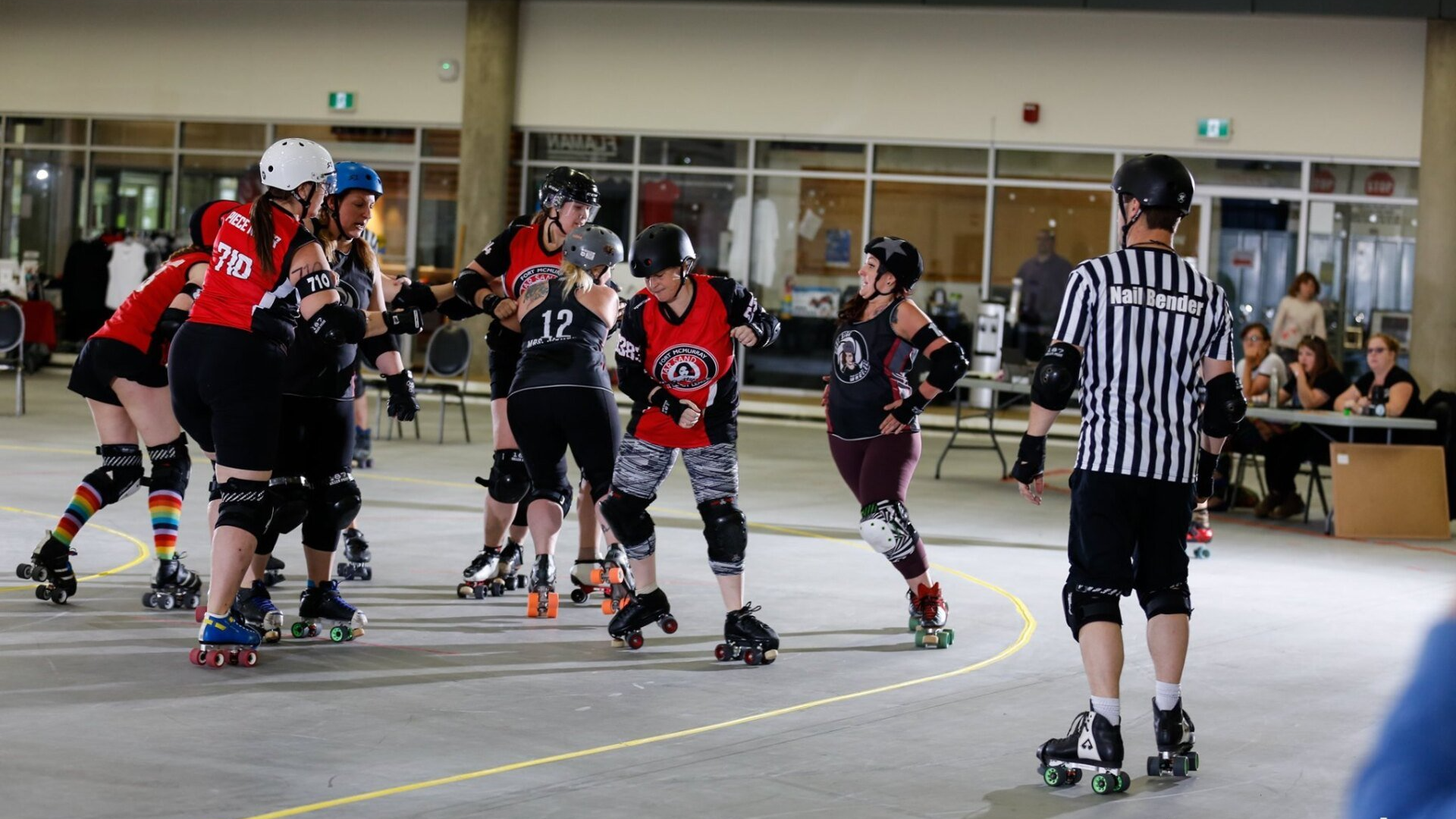
Being able to transition (switch between skating forward and backwards) on roller skates is a fundamental skating skill. But how you learn as a rookie skater does not exactly transfer to what you do on the track. A casual transition is smooth and often you are standing fairly upright, with perhaps some dramatic arm-twirly flare! In a game your transition becomes more of a spin, you use it to get around an opponent, dodge a hit, or to catch up and get back in front of an opponent. In all of these scenarios, you want to be stable and low so no one knocks you off your feet as you turn. The fundamentals of transitions involves shifting your weight from foot to foot while also turning. It sounds simple enough, but where most people struggle with this skill is the weight shift. As we all have a dominant hand, we also all have a preferred leg and putting all of your weight on the other leg feels wrong and uncomfortable. So a big skill you will want to work on while off skates is balance and comfort level being on each leg individually. Any and all single leg exercises will help with your balance and ability to shift your weight between legs. Bringing the transition over to an in-game spin will add on height changes, ie getting low, as well as center of balance. Remember, in-game you are often spinning to avoid being hit, so stability is key for spin moves.
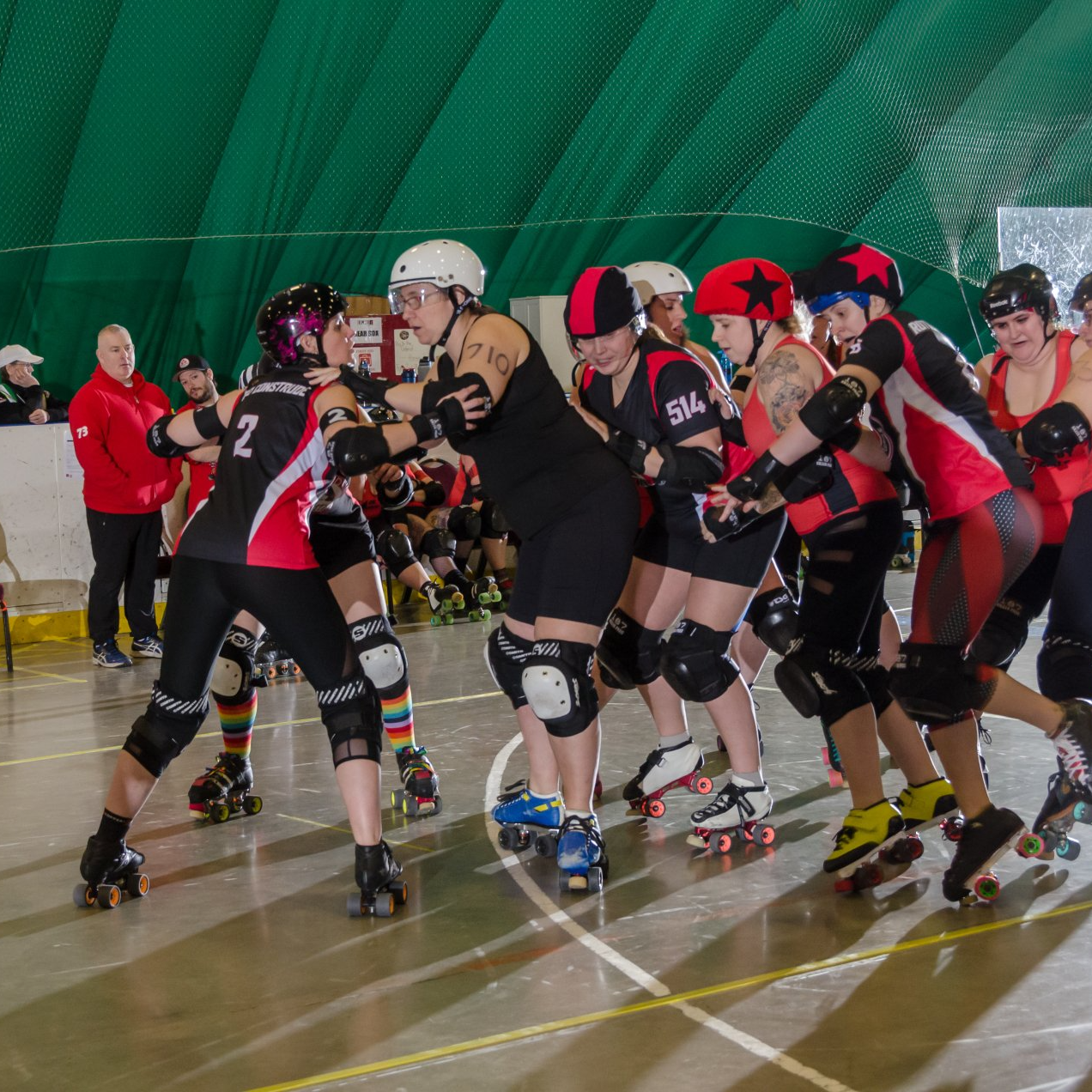
Although the majority of roller derby is played in a forward motion, backwards skating is critical for pushing your game to the next level. Backwards skating can be used by blockers to catch a jammer or support a team mate. Jammers will use backwards skating to escape a hit after spinning around an opponent. No matter what position you play on the team, you will find yourself skating backwards at some point. Practicing the technique and working on skating backwards is your best bet for training, but you will also need to train on your backwards skating and balance off skates during the off-season or because you don’t get much on skate time to work on it. The main focus areas for off skates training will be on muscle building, balance and movement in a backwards direction. We live our lives facing forward, which can make moving backwards feel uncomfortable. So let’s get uncomfortable!
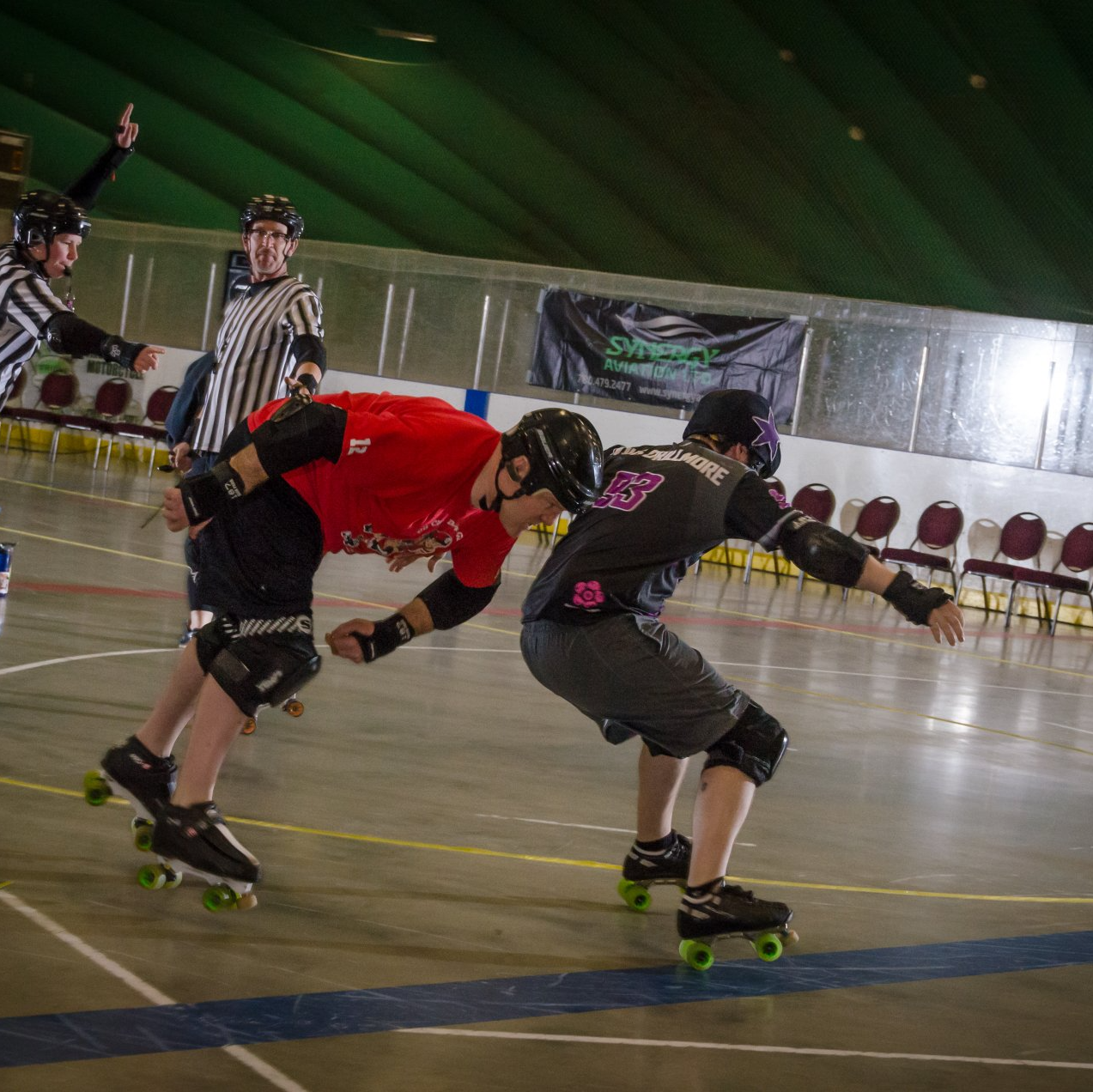
Remember watching that amazing game and seeing that great skater take a huge hit and lose their balance? But the REALLY amazing part was that they didn’t even fall! They were able to take that hit and recover so fast the opposing blocker didn’t have time to reset. In order to understand how they were able to stay up, let’s take a look at the physical aspects, specifically balance and stability. While linked, they are not the same thing. Balance is your core ability to maintain equilibrium against outside forces. Stability is the ability to maintain or return to a desired position when hit with oncoming forces. To give some examples specific to roller derby, the skater staying on the track while riding the curve on one leg is balanced. The blocker skating backwards with their feet staggered when they get hit is stable, whereas the blocker skating backwards with their feet together will get knocked over. How do you train balance and stability? To start off with success, you want to have a strong core and good posture. Balance is about making sure your body is perfectly aligned. Take a moment to try the following exercise: Stand up and hunch over, have a friend push you from behind. Notice how you felt and how you absorbed that push. Next do the same thing but stand with proper posture. You should be able to feel the difference in your stability between the two. To train better posture, you need to find your weak points. There are professionals that can give you an assessment. Main areas most people need to focus on are: increased abdominal strength, less reliance on their lower back, and stronger shoulders. Some great exercises for these are Planks, Plated Twists, Scapula Push Ups, and Back Flys.
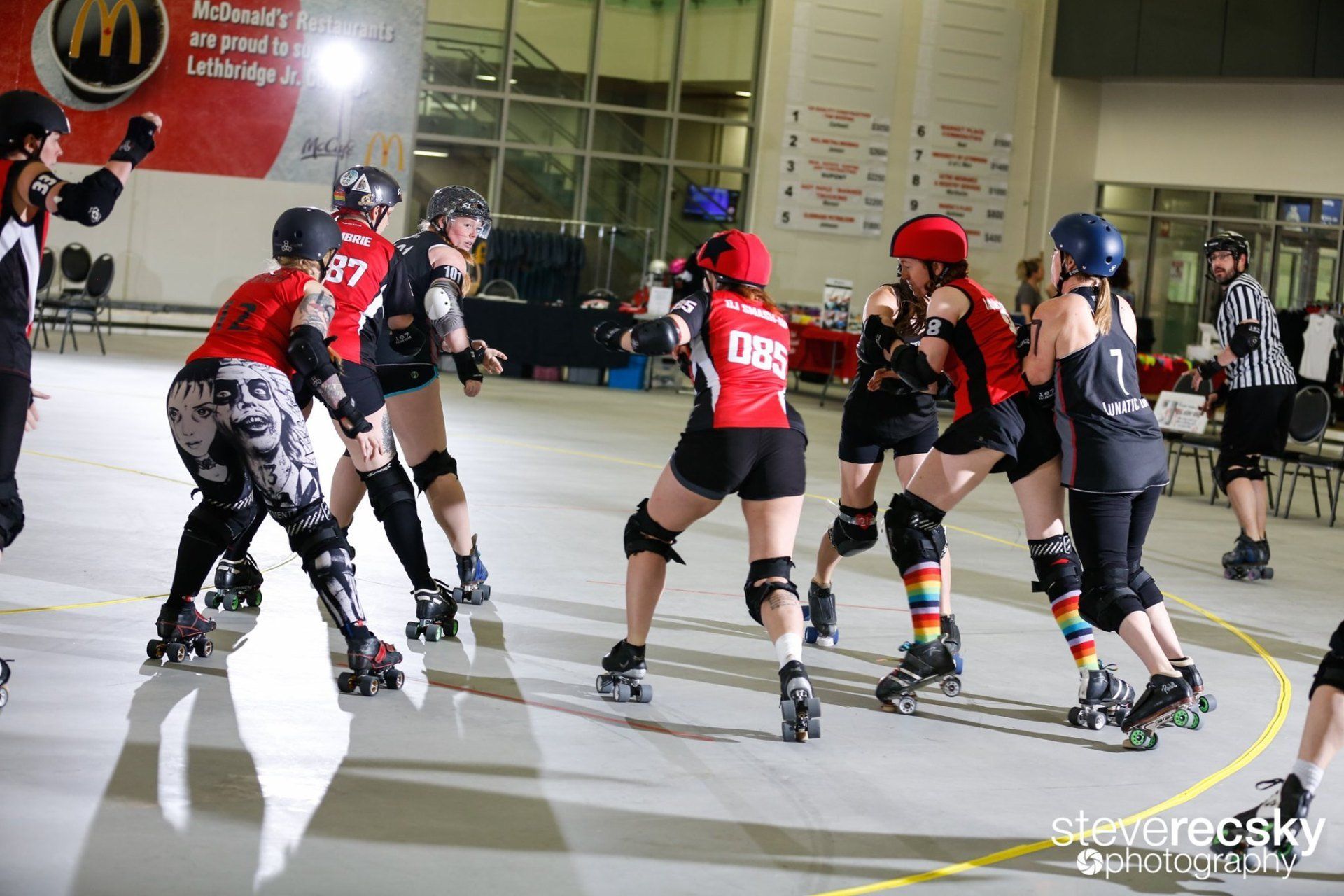
As COVID-19 restrictions are starting to be lifted, a lot of us are excited about returning to roller derby practices. However, before we can dive head first back into practices it’s important to review what that means for your body. You, and your entire team have been away from practices for 3 or more months. That’s the same as being off skates for a minor injury. So what could this mean for your return? Injury risk is going to be higher. While you may have been doing some home training during the break and may even feel fit, you should still consider: Were you consistent with your training each week Did your training start to dwindle in the last few weeks Was your training as intense as a full 2 hour practice or scrimmage Was your entire team training as hard as you One of the leading factors to injury is fatigue. We have all been in those practices where near the end the coach calls the drill off because everyone is getting sloppy. That sloppiness is the fatigue built up over practice and can lead to foggy heads, slower reaction time, mistakes and ultimately injury. Taking fatigue into consideration, when you are returning to practices with your league consider making them shorter or keep the overall intensity low. It will take weeks of consistent practices for you and your team to return to the intensity level you were at pre-COVID-19.
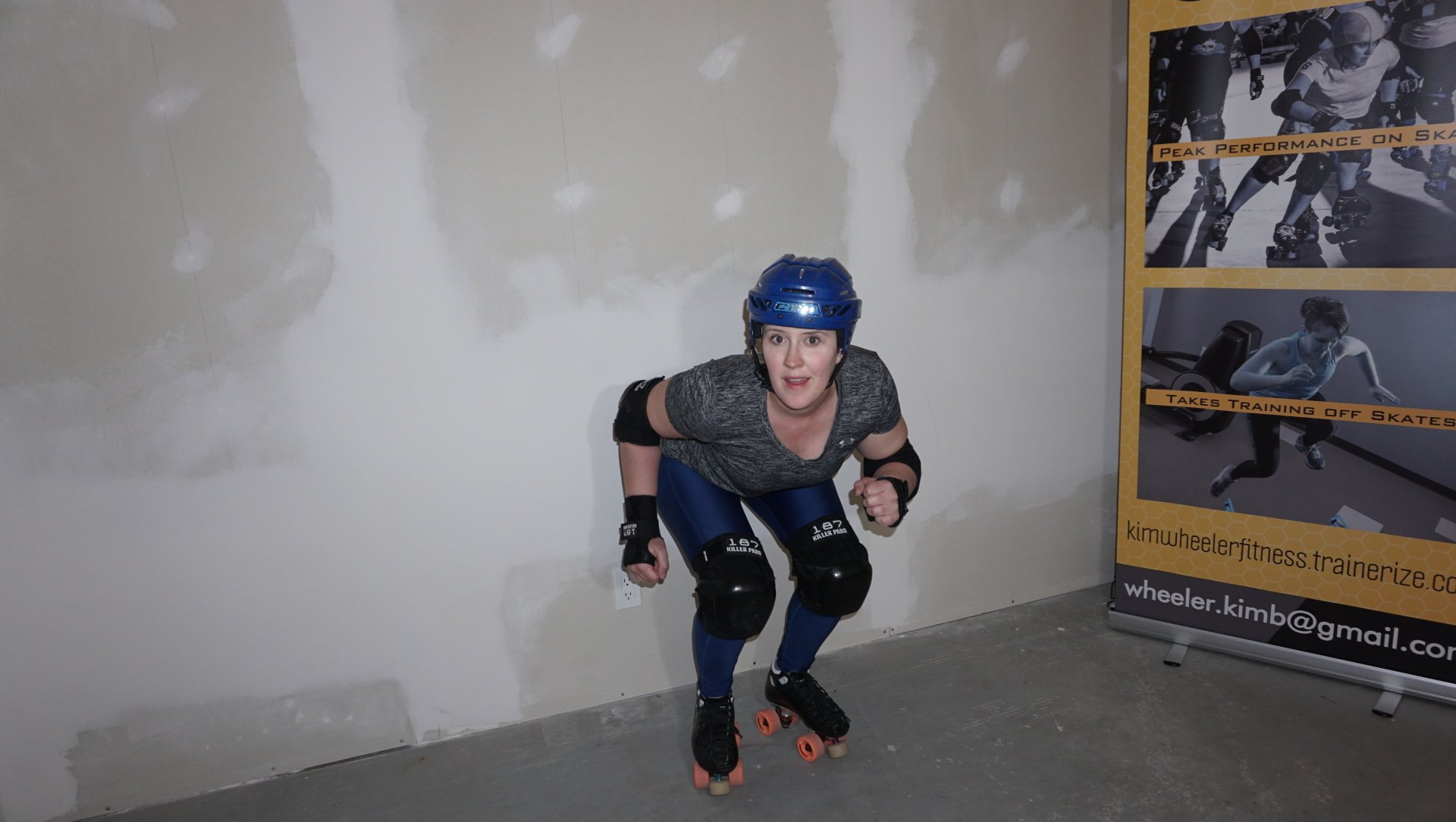
We’ve all heard it before: “Get lower,” “You’re standing too tall,” “Bend your knees!” So you bend down and squat as low as you can and your muscles start to burn. Your skate strides become short and awkward, so you stand back up. But here’s the secret: your coach doesn’t want you to squat as low as you can. So what do they really want from you? The simple answer is that they want you to have more power in your legs. This does come from a lower stance, but not the LOWEST possible stance. Think of your leg muscles like springs. When you’re standing straight up the spring is at rest. When you get lower, the spring is compressed, ready to snap back once you let go. If you get too low the spring is crushed too far and can no longer snap back into shape.
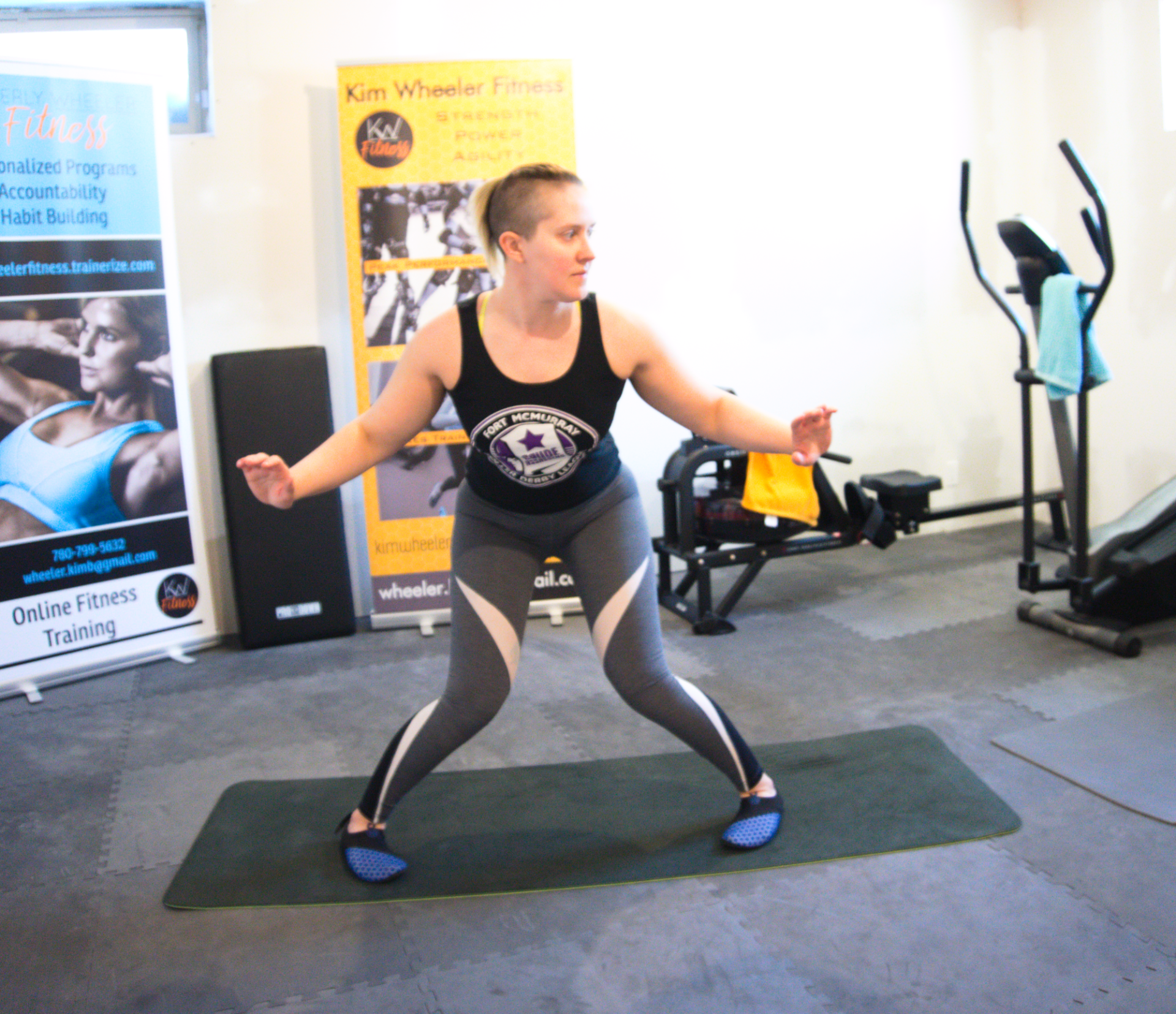
The plow stop is one of the two basic stops you learn to pass minimum skills. But just because it’s learned right away doesn’t mean it’s not important! If you can’t stop in front of a jammer, how do you expect to stop them? Here is the WFTDA Minimum Skills video showing the plow stop. In this video they show a one footed plow stop, and how that is advantageous when blocking with a teammate. Skaters should be able to do a plow stop with either foot forward and entirely even, because sometimes you don’t have a friend to block with. How can you improve your plow stops? First and foremost, is to keep practicing them on skates. But what can you do off skates?
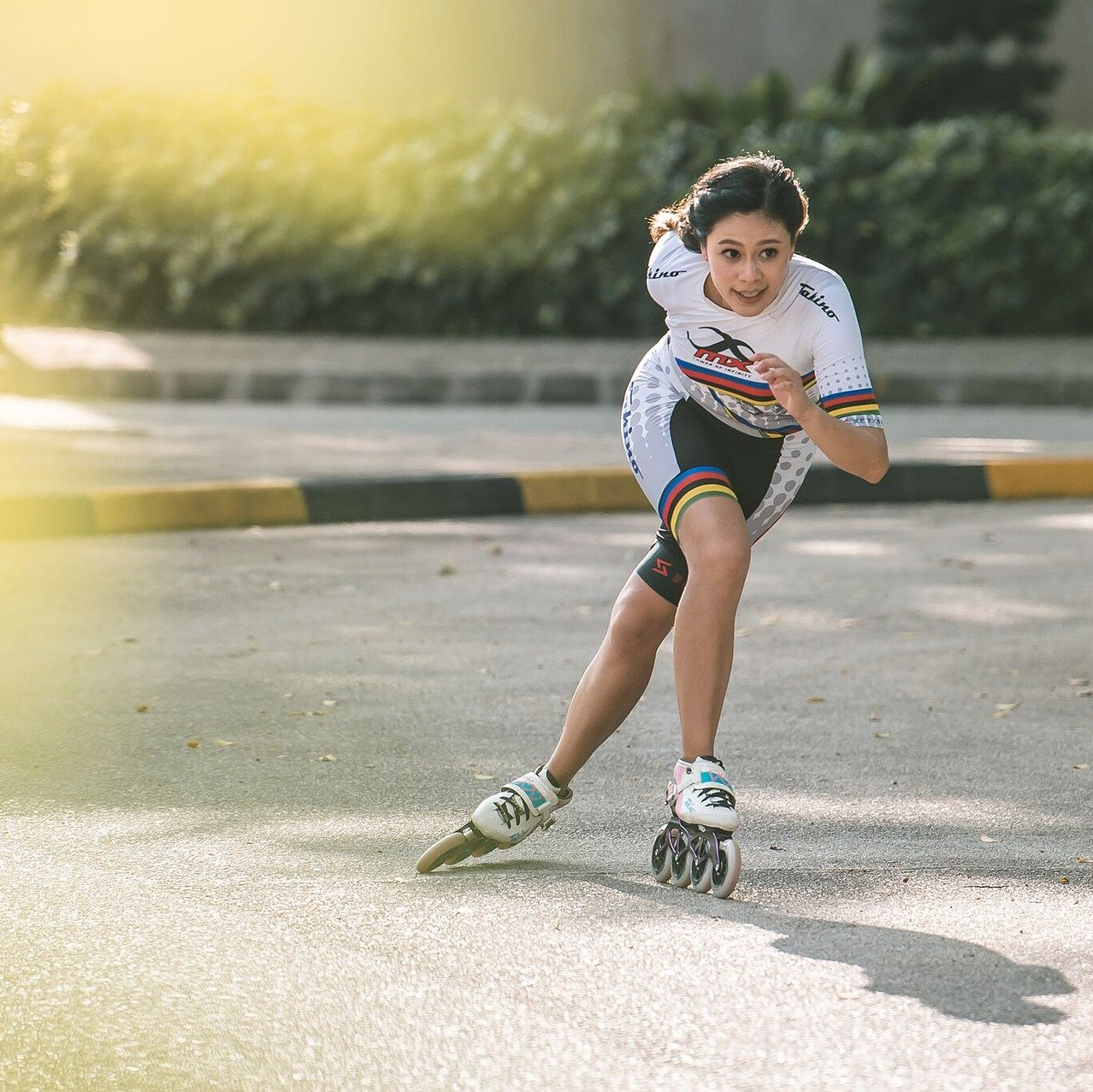
In order to improve performance. all athletes should be focusing their training to specifically enhance motions utilized in their sport or competition. With regards to Short Track Speed Skating, race times are heavily affected by a skaters start. Ice skating sprints starts have a similar motion and acceleration as dry land sprint starts. It is therefore surmised that training dry land starts will benefit on ice starts. Researchers from Australia worked with nine elite and trained short track speed skaters utilizing a four week dry land starts training program to test on ice start improvement. Athletes completed both dry land and on ice sprints to gain a control number followed by specific sprint start training and then re-doing the dry land and on ice sprints. Figure 3 below shows a comparison of an athlete’s dry land sprint time, to on ice sprint time. Both sprints were measured at time to cross 14.43m. The open circles and dashed line show the results during the control period and the black circles and solid line show the results after specific training.
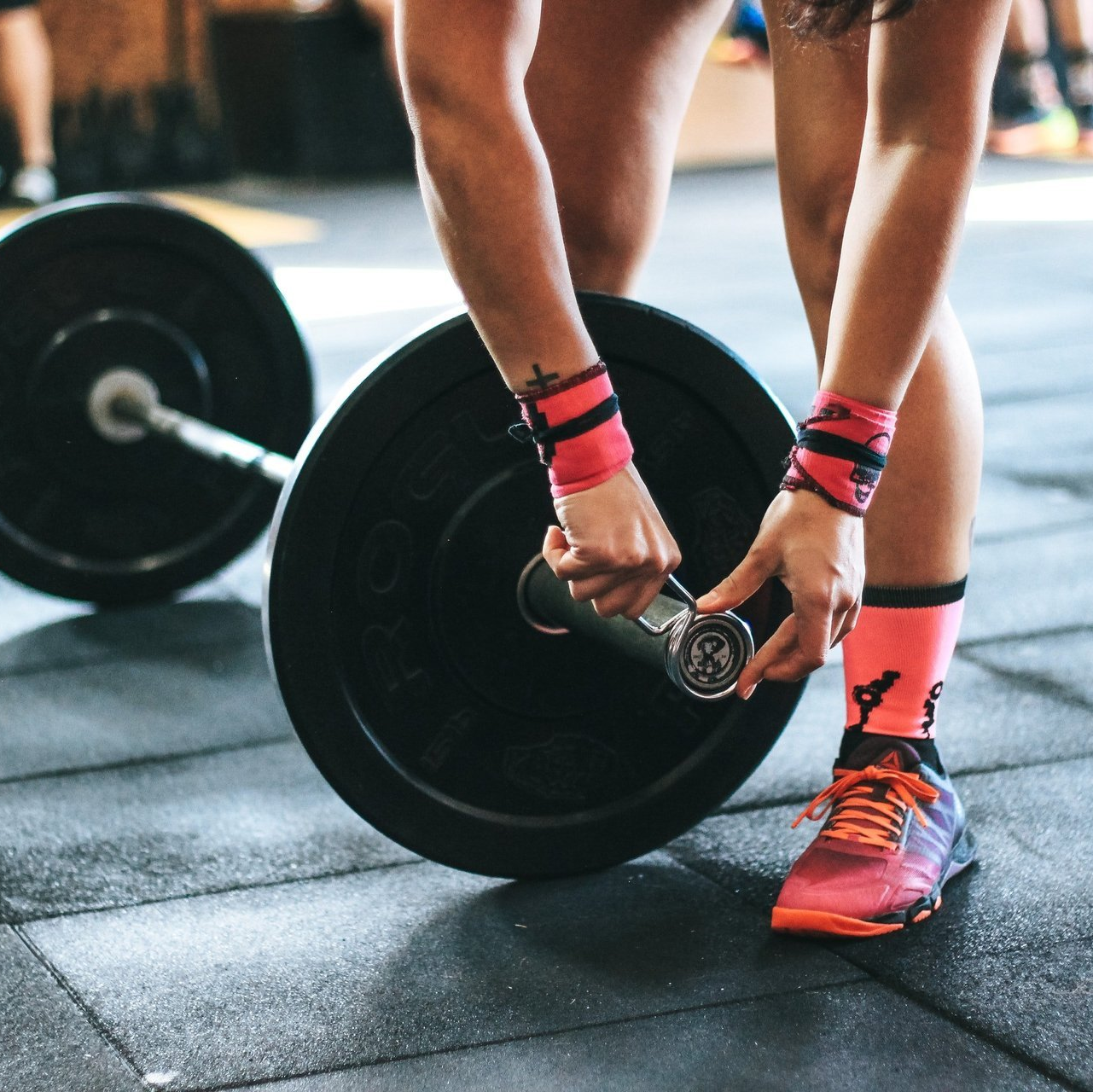
Resistance training is a key part of every workout program, regardless of your goals. It is important in weight loss, muscle gain, and explosive strength. The two main focuses of resistance training are Intensity and Volume. Intensity is the amount of weight you are lifting, or your load, whereas volume is the number of repetitions and sets you complete. The balance between the intensity and the volume of your resistance training will depend on your goal. I have already covered weight training and reps in this Blog Post . For any regime, you need to determine the proper intensity for that volume. Typically, this is down by determining your One Repetition Maximum (1RM). 1RM is the maximum weight you can lift properly once. Your 1RM should be tested for multiple lifts, since the weight will be different for each major muscle group. Once you’ve determined your 1RM, your program design will be based on a percentage of that weight, matched to that volume. Science for Sport has an article explaining how to the 1RM test. Downsides to keep in mind with the 1RM test method are: First time lifters may not have proper form to complete the test It is time consuming Your 1RM changes as you grow stronger, requiring frequent re-testing You 1RM can change on a daily basis depending on your fatigue and hormonal balance that day An alternative to the 1RM method of resistance training is Velocity Based Training (VBT). Velocity based training uses technology to measure the movement velocity of a lift. For example, you could measure the speed it takes to press a bar from your chest to fully extended (a bench press). The resulting data would give you the movement velocity is m/s. Your maximum movement velocity is known as movement velocity threshold (MVT). In order to determine your MVT you should complete the same test as the 1RM but with your VBT gadget . The benefits of VBT immediately counter the downsides of 1RM. You don’t need to complete the VBT test as often as the 1RM. You’ll notice the MVT is given in meters per second, not as a weight like the 1RM. What this means is that as you grow stronger and increase your weight, the speed at which you complete your maximum weight lift should remain the same. The MVT is easily adjustable for your daily training readiness (i.e. fatigue and other changes that affect your strength). When using the %1RM method, you are scheduled to lift 80% of your 1RM for that day. You load on the selected weight and complete your workout, but maybe don’t get as many repetitions before failure. With the %MVT method you can immediately see the inability to reach the desired velocity and adjust the weights to make your repetitions for that workout. The downsides to MVT training are It is individual and exercise dependent, so more initial tests may be required The technology is pricey Velocity based training paired with the improvements in technology is making it a more viable resistance training tool. It is a great tool to maximize workouts while allowing for day-to-day training fluctuations. Before jumping on the latest technology train make sure you check out the different devices and choose the one that is right for your workout. As always, make sure you have the basic movements of your workout down before adding in new technology, VBT is useless if you aren’t doing the lift correctly to begin with. References https://www.verywellfit.com/understanding-volume-and-intensity-in-weight-training-3498252 https://www.scienceforsport.com/1rm-testing/ https://www.scienceforsport.com/velocity-based-training/ https://journals.lww.com/nsca-scj/Fulltext/2019/08000/Autoregulated_Resistance_Training__Does.3.aspx
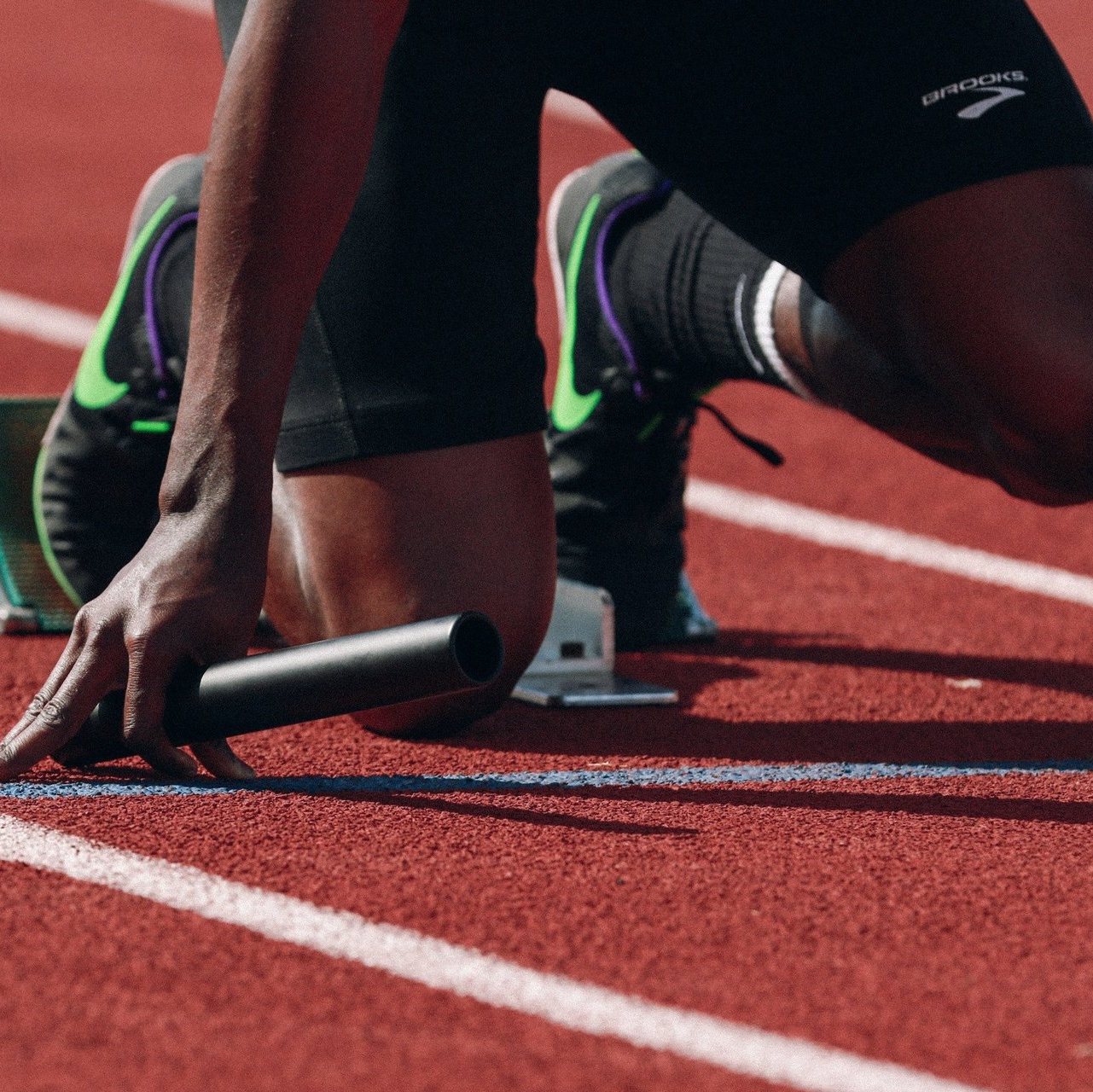
What happens after you use (contract) a muscle? The quick answer is fatigue! Your muscle gets tired and your performance will slowly decrease. However, that is not always the case. Postactivation Potentiation (PAP) is the exact opposite, where after contracting a muscle, the same muscle sees an increase in performance. In order to achieve a PAP response, a strength exercise is done at or above 85% of a single repetition maximum weight, after which an increase in power/velocity is seen for 5 - 20 minutes after the strength exercise. How PAP can affect velocity is divided into two types of speed for this review: linear and change of direction. Linear velocity is moving in a straight line, typically tested as speed in a forward motion. A couple studies have linked performing a back squat to increase sprint speed. Performing a heavy loaded back squat, of 2 sets of 4 repetitions at 85% maximum weight showed an increase in sprint speed by 3% after 4 minutes of rest. Studies using Deadlift and Power Clean did not show any improvement in sprint speed. The reason for this is that the back squat exercise provides a loaded force, pushing into the ground in order to return to standing, which activates the same muscles used to push into the ground while sprinting. It is noted that PAP is linked to individual reaction, and therefore some people may not find the back squat to increase linear speed. In that case, athlete should try unilateral (single leg) exercises that activates either the pushing force of the run or the forward force. Change of Direction velocity is the speed in which an individual can move in a new direction, typically tested in a full 180° turn. The two studies reviewed involved a back squat followed by a shuttle run, meaning the change of direction was 180°. Performing a heavy loaded back squat, of 5 sets of 1 repetition at 90% maximum weight showed an increase in shuttle run performance of 1.5%. Results from these studies determined less of an increase in Change of Direction velocity versus the studies done with Linear velocity. A reason for this difference could be the more complicated technique of slowing down and turning involved in performing a shuttle run.. In order to use PAP in your training, you first need to test if it will work for you and which exercises. Engage with your coach or a partner and test out different exercises paired with sprinting. In order to avoid fatigue bias in your results, make sure you test each set of exercises 2-3 days apart. References https://journals.lww.com/nsca-scj/Fulltext/2018/02000/Effects_of_Postactivation_Potentiation_on_Linear.9.aspx
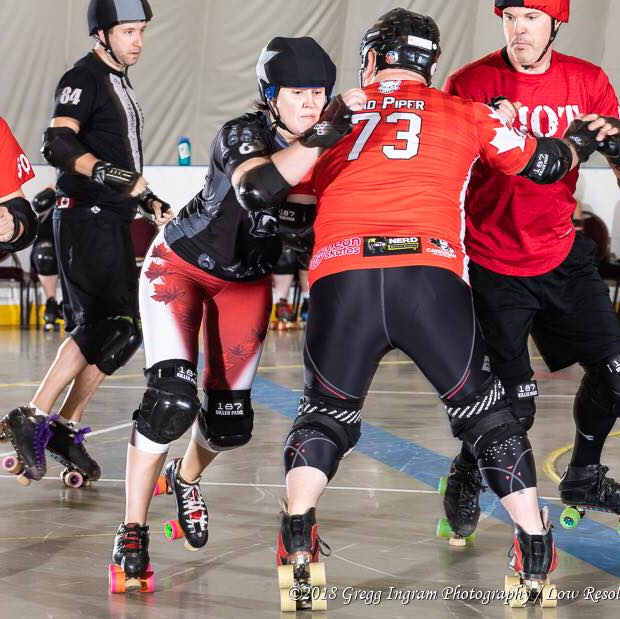
It’s the day before a game. What kind of training should you be doing to maximize your effectiveness? Are you resting, doing some light movement like yoga or walking, or continuing with your normal scheduled training session? The answer, according to one study, is a low volume power resistance training session! The study involved 17 national level male athletes tested on countermovement jump (CMJ), reactive strength index (RSI) in the form of a drop jump, and the rate of force development (RFD) for maximum leg press, measured over 100, 200, and 300 seconds. Participants performed two control sessions, testing explosive power before and after 24 hours and 48 hours of rest; as well as two experimental sessions, testing explosive power before and after 24 hours and 48 hours of resistance training. The resistance training was 5 sets of 4 jump squats. Results showed an improvement in all test exercises after completing the resistance training. Maximum results were seen after 24 hours versus 48 hours from the initial test. The countermovement jump had the lowest increase in performance with only 5% increase in jump height. The reactive strength index, or drop jump had over 10% improvement in drop rate (height x ground contact time). Finally the rate of force development, tested with a leg press saw a large increase in power within the first 100 seconds of the press at an 18% increase, meaning participants were able to push harder in the first 100 seconds of the leg press. The results 24 hours after the control (resting) sessions had no significant increases in performance, being only 2% or less from the base test.

Foam rolling is the use of a cylindrical or round object to apply pressure to a specific muscle. In recent years, it has grown in popularity due to its ability to be self administered. It makes sense that rolling out a muscle would increase ROM in associated joints and many studies have proven its ability to increase ankle, knee, and hip Range of Motion (ROM). The following study instead reviewed the ability of foam rolling the hamstring to increase shoulder range of motion, almost as far away as major muscle groups can be. The study was completed on 12 recreationally active women. Participants were tested on baseline Passive Range of Motion (PROM) in the shoulder in flexion and extension positions, forward and backward. Foam rolling was done for 60 seconds on the hamstring, then retesting PROM immediately, after 10 minutes, 20 minutes, 30 minutes, 24 hours, and 48 hours. PROM is someone else moving your joint.
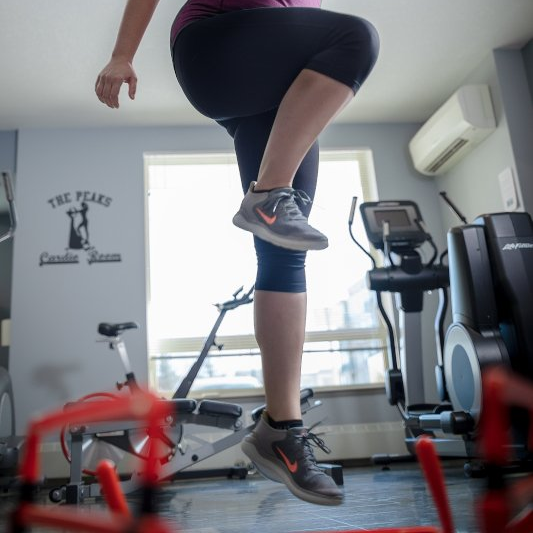
Plyometrics are explosive workouts aimed to improve power and burst force. These types of exercises are typically given to athletes in sports that require quick power or movement. Plyometrics for athletes are used to improve an athlete’s Rate of Force Development (RFD). The RFD is essentially how quickly an athlete can load up (i.e contract) their muscle for use. For explosive power, you are looking at muscle loading taking place within 250 milliseconds. Previous studies have reviewed strength generated between one leg and both leg activiations. The findings determined that one legged exercises produced more strength in that leg than the same exercises done with both legs. These studies were solely done on strength moves and not explosive moves. A study was done at the University of Athens to specifically look at explosive power between single and double leg exercises. The study used 15 physically active participants between the ages of 18 and 26. All participants completed a test on single leg jumping and double legged jumping before and after the study. Participants were split into two groups, one for single leg and one for double leg exercises. Each group completed 8 exercises twice a week for 6 weeks. After the 6 week training session the participants all completed the same single leg and double leg jumps as they did at the start. Figure 1 shows the initial results for each group and the percent change for each group at the end of the study. The white bars are the bilateral or the double leg group. The black bars are the unilateral or single leg group. The first graph shows the average results for each jump and each group followed by the percent increase for each jump and each group. Both groups saw a similar increase in their double legged jump performance. However, the single leg group saw a 15.6% larger improvement for the single leg jumps on average, which is 5 times more improvement!

Calories and macronutrients play an important part of any fitness goal, as they are required to fuel your body and nourish your muscles. So what are they? Which ones and how much should you be eating? I’ll start off going over what calories and macronutrients are, then give some tips to determine how much of each you need. Calories are, scientifically, a unit of energy. In the nutrition sense, a calorie is the amount of energy you will get from food. Over the course of a day, you will burn a certain number of calories just for your body to survive, this is your Basal Metabolic Rate . This means that, even if you slept all day long, you still burn calories. Moving around and doing your daily activities will burn even more calories. So, you burn calories on a daily basis, and just like a fire, you need fuel to sustain this burn. That is where food comes in. The calories listed on nutrition labels are the estimated amount of calories you will gain from consuming that food. I say estimated because the amount is calculated in a lab, and the human body is more complicated than a controlled experiment. That being said, it’s still a good estimate to use the nutrition labels on food. The basic breakdown of how many calories you should eat is dependent on your goal. To lose weight you need to consume fewer calories than you burn. To maintain weight you should consume the same amount of calories that you burn. Similarly, to gain weight you need to consume more calories than you burn. Each person burns a different amount of calories depending on their metabolism, gender, age, weight, and other factors. The calories in your food can be broken down into three macronutrients; carbohydrates, protein, and fat. The primary purpose of any macronutrient is to provide energy. The breakdown calories into grams for the macronutrients is as follows Macronutrient (1 g) Calories Carbohydrates 4 Protein 4 Fat 9 Let’s take a closer look at each macronutrient. Carbohydrates bring to mind starchy food, like bread and potatoes; but they are actually defined as sugars. Aside from bread and potatoes, carbohydrates are also in fruit, milk, and anything sweetened. Carbohydrates are used for long term energy and for fueling your brain. Due to the use of carbohydrates throughout the day, a person should typically consume a lot of them. The recommended amount of carbohydrates in a person's diet is 45 - 64 % of total calories. When you picture protein you will often think of meats, but nuts, beans, and dairy are also high in protein. Protein is used as the building blocks of our body and are broken down into amino acids for use in growth and repair. If you don’t have enough carbohydrates to fuel your day, protein will step in and be used to sustain you. It is not ideal to have your body run off of protein since it is needed elsewhere. The general recommendation for protein intake is 0.8 g for every kilogram of body mass. This number will change depending on your fitness and dietary restrictions. For example, someone who is looking to build muscle and lifting a lot of weights may need as much as 1.7 g for each kg of body mass. The third macronutrient is fats.Fats are in pretty much everything and, despite their bad reputation,are an essential part of your body’s metabolism. Fats are your energy reserve. While you burn carbohydrates throughout the day and protein goes to repairing your body, fat gets stored for future energy burns and are essential during hard and long exercise sessions. Fat does not immediately get stored as body fat. An excess of calories, regardless of the macronutrient, is what causes body fat storage. Fats also are a source of fatty acids which are important in transporting nutrients throughout your body. The tricky part with meeting your fat intake is ensuring you choose good fats. Fats are divided into trans, saturated, and unsaturated fats. Unsaturated fats are the ideal fats and can be found in avocado, nuts, seeds, and cooking oils. The recommended intake of fats is 20 - 35% of your daily calorie intake. Your required calorie intake will be unique. Work with a nutritionist to accurately determine your calorie intake and macronutrient amounts. The following two links can be used to get an idea of your calorie intake and macronutrient breakdown. http://www.bodybuilding.com/fun/macronutcal.htm http://www.bodybuilding.com/fun/macronutrients_calculator.htm References http://www.livescience.com/52802-what-is-a-calorie.html http://www.innerbody.com/nutrition/macronutrients

Let’s talk weight training. If you aren’t doing it, you should! Weight training is an important part of any healthy lifestyle. There are typically two types of weight training people think of: heavy weights with low repetitions or light weights with high repetitions. Which should you be doing to meet your goals? Unfortunately it’s not that clear cut. Weight lifting can be broken down into three zones: high reps, mid reps, and low reps. Using the below chart, we can talk about what type of weight lifting you should do to meet your goals. Weight Training Type Training Effect Reps per Set % 1RM Low Reps Strength 1-5 80-90 Mid Reps Hypertrophy 6-12 60-80 High Reps Endurance 15+ 40-60 Strength Continuum 1RM stands for 1 Repetition Maximum, or the amount of weight you can lift once. It is the basic unit used to determine strength. Here’s an online tool to help you calculate your 1RM ( http://www.bodybuilding.com/fun/other7.htm ). First, weightlifting and losing fat. In a previous post, I talked about cardio for fat loss and the link to heart rate. The ideal range of your heart rate to maximize fat loss is 70% - 85% of your maximum heart rate. While that article was about cardio, The same principle applies to weight training for fat loss as well. How does that translate to high vs low reps? The truth is, it doesn’t matter. The important thing to do is get your heart rate up. My personal suggestion is to do mid to high reps in a circuit of 4-6 moves, taking little to no rest between sets. That being said, the exertion it takes to do heavy weights will also bring your heart rate up. It is harder to maintain a higher heart rate, but the benefit is still there. Next, what if your goal is to build muscle? It’s commonly thought that lifting heavy weight with low reps is the only way to build muscle? Studies on the best way to build muscle do not all point to low reps. It seems the most benefit comes from lifting weights until failure or fatigue. So how do you decide which is right for you? It’s going to depend on your experience and time. Doing a low rep workout until failure will be a shorter workout than a high rep workout until failure. The best way to maximize your muscle growth is to mix it up every few weeks. Lift big for a week or two, then switch to low weights. If your goal is to improve your athletic performance, weight lifting should be an important part of your workout routine. As with cardio, you want to mimic your sport and target the muscles you will be using. If you are in a sport that requires you to be a brick house, like football or rugby, you want to work on muscle growth and strength, so stick to the high weight with low to mid reps. If you are in a long distance endurance sport, such as running or cycling, stick to low weight with high reps. Weight training for endurance sports doesn’t give the body the same simulation as the actual sport itself, but it’s important to have the increased lean muscle to get full power in each stride or push. And lastly, if you are in a power sport that requires you to do quick bursts of action, such as hockey, sprinting or roller derby, you will want to do explosive training. For explosive training, I recommend being in the mid to high reps range, do your movements quickly to simulate the sudden energy you will require in sport. One last tip. If you are new to weightlifting, start in the high reps range with light weights. Have a friend or a trainer spot you to make sure you are using proper form. Happy lifting! References http://www.builtlean.com/2012/07/19/high-reps-vs-low-reps/ http://www.bodybuilding.com/content/high-reps-low-reps-which-rep-scheme-is-best.html http://www.trainingscience.net/?page_id=301 http://www.sport-fitness-advisor.com/strengthtraining.html
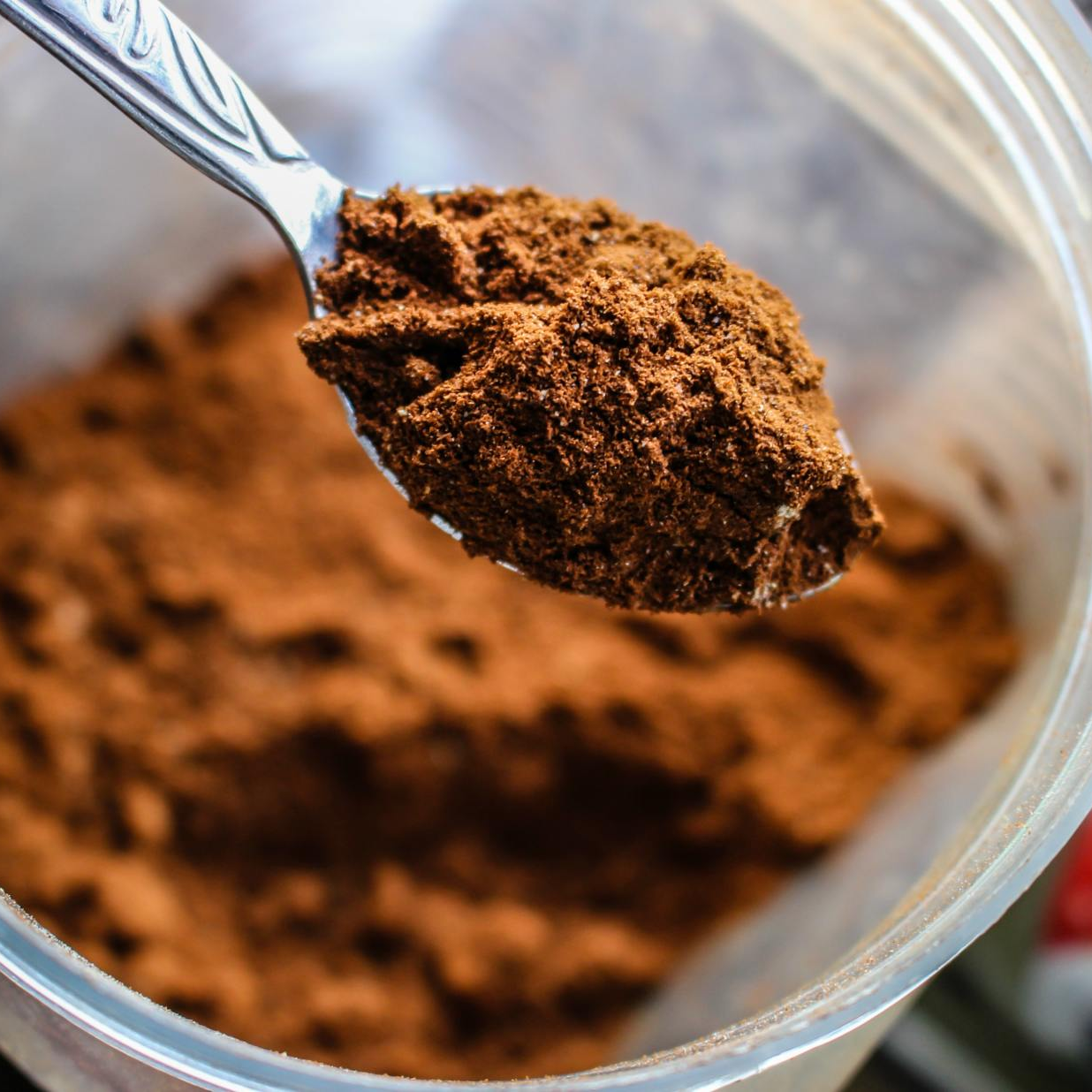
Your workout doesn’t end when you hit the showers, recovery time and nutrients are important factors to help you grow. Your workout is putting stress on your body, and fatiguing your muscles. Post workout, you want to replenish all the energy you used. You will also need nutrients to help your body repair any damage that was done to it during your workout. The two main nutrients you want to consume after a workout are carbohydrates and protein. Carbohydrates are what you use to fuel your body, so during a workout you deplete your carbohydrate storage. The amount of carbohydrates you need to refuel depend on the intensity of your workout. The general recommendation is to consume 30 g of carbohydrates per hour of exercise immediately following your workout. If you are doing an intense or long endurance session, you can get more specific with the amount, 0.6-1.0 g of carbohydrates for each kilogram of your body mass. After an intense weight lifting workout, with muscle growth in mind, 1 g of carbohydrates for each kilogram of your body mass is a good guideline. Protein stimulates muscle growth and repair, which is important after an intense workout that damages your muscles. Again, the amount of protein will vary depending on the intensity of your workout. In general, 15 g of protein per hour of exercise will be all you need. For a more intense or long endurance workout, aim for 1 g of protein per 3 g of carbohydrates. If muscle building is your goal, aim for 20-30 g of protein. The easiest way to replenish these nutrients immediately after a workout is using a shake. After drinking the shake, plan to eat a regular meal within two hours. If your primary goal is weight loss, then you can skip the shake, to maintain your planned caloric deficit, and just eat a regular meal within two hours after your workout. One more important thing to consume post workout is water! You want to drink enough to replenish the water you lost from sweating. If you are looking for exact numbers, weigh yourself before and after your workout; the weight lost is the amount of water you want to drink. If you don’t want to go through the steps of constantly weighing yourself, just keep drinking water. Water is good for you, so don’t worry too much about figuring out an exact amount. References http://easacademy.org/trainer-resources/article/endurance-exercise-fatigue-recovery http://easacademy.org/trainer-resources/article/resistance-exercise-fatigue-and-recovery http://www.precisionnutrition.com/about-post-workout-nutrition
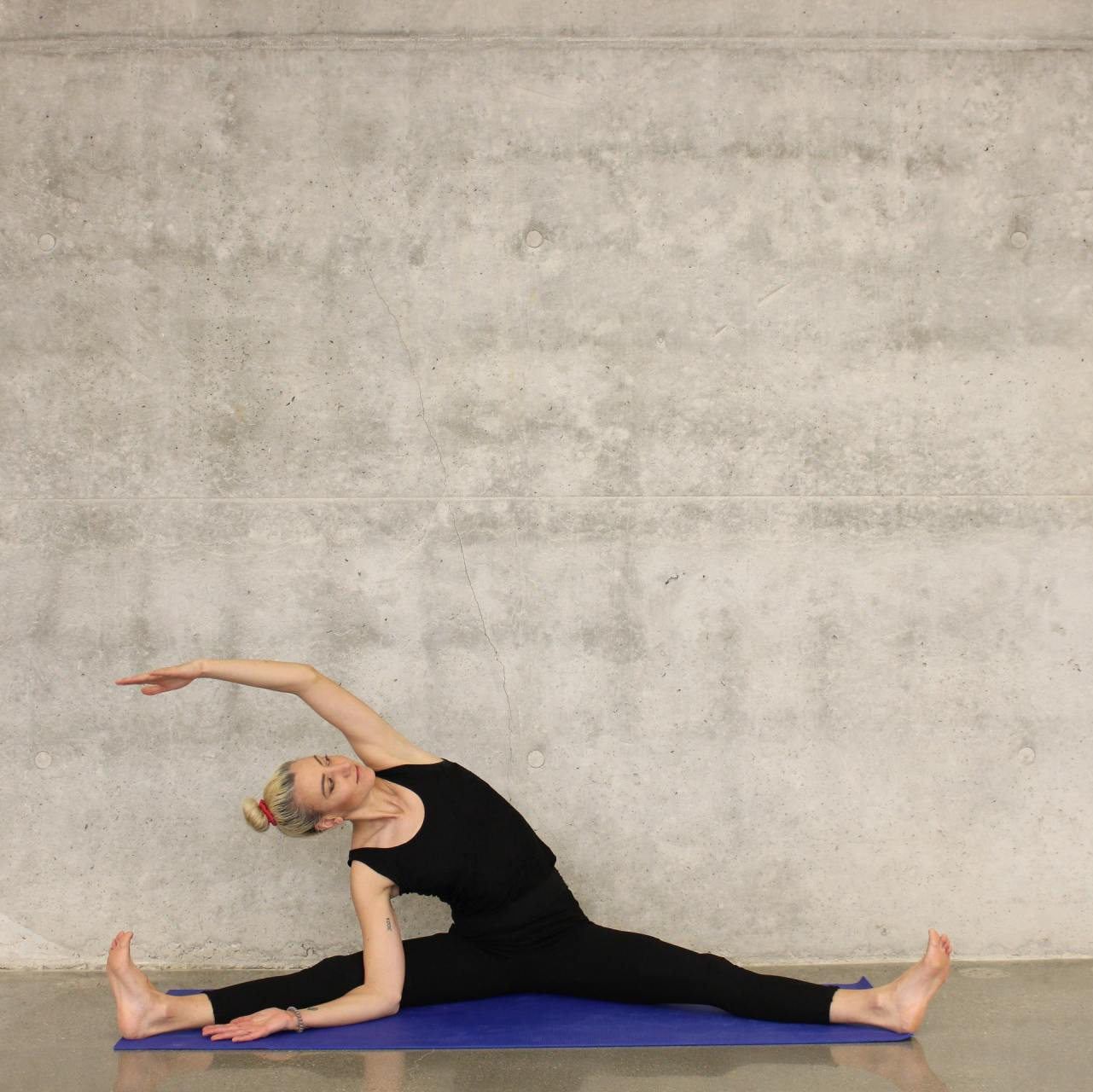
Your body needs time to heal! The entire premise of working out is to exhaust and tear your muscles so they can recover stronger and better. In this post I’m specifically going to write about recovery time, assuming you don’t do any special recovery treatments. Recovery and rest time are unfortunately not so cut and dry. There are a few factors you need to take into consideration when resting, the big one is how hard and long your workout was. I’m going to simplify the types of workouts into two categories; low impact (easy) and high impact (hard). Low impact workouts are going to be steady state cardio, light weight lifting, etc. With low impact workouts, you aren’t pushing your body to a breaking point, so the recovery should be faster. A general recommendation is to give yourself at least 24 hours before working that part of the body again. This doesn’t mean you need to rest every other day, it just means you should change up your routine so you aren’t working the same body part over and over. High impact workouts are going to be high intensity cardio, heavy weights lifting, etc. High impact workouts are pushing your body harder, so you will need more recovery time. The recommended recovery time is 48 to 72 hours before working out that part of the body again. Similarly to the low impact rest time, you can use these days to workout other areas of your body. Whether you are doing low impact or high impact weight lifting, you will need a rest day from weight lifting. When you need the rest day is going to depend on how hard you are working, and how quickly your body can recover, among a few other factors. Some rest day options are: 3 days of weights, 1 day of rest 4 days of weights, 1 day of rest 6 days of weights, 1 day of rest You should play around with your schedule until you find the one that works best for you. The final step to recovery is the rest week. Unlike all the recovery days, the rest week is a full week away from the gym. This week is to give your body a full reset on your system. You don’t need to become a couch potato during this week, but keep any activity you do light and easy, remember you are taking a week off so your muscles and body can fully repair. Like the full rest day, the rest week schedule will vary depending on the person and the training. Some examples are: 4 weeks training, 1 week rest 9 weeks training, 1 week rest 12 weeks training, 1 week rest Pick and choose the training schedule that works best for you. You can try to schedule them around events, like vacations. It is important to note that the training program should not go more than 12 weeks, it becomes physically and mentally exhausting at that point. Remember, every person is different, so listen to your body and find the right recovery schedule for you! References http://breakingmuscle.com/olympic-weightlifting/how-much-recovery-do-you-need-7-factors-to-add-up http://www.timinvermont.com/fitness/fund.htm https://www.acefitness.org/blog/3565/recovery-redefined-how-much-rest-you-actually-need http://www.bodybuilding.com/fun/randy3.htm
